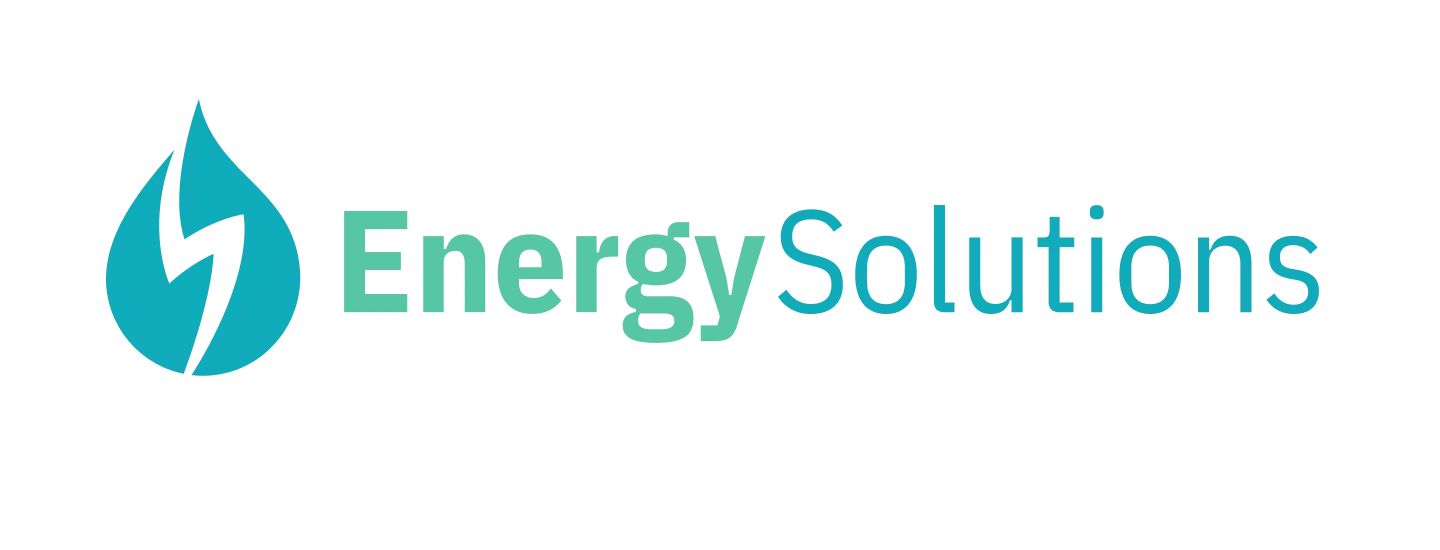
Abdullah Shoaib
Managing Director
4 min read
Last Updated Jan 17, 2024
What energy sources are renewable?
Renewable energy sources
A renewable energy source is a natural resource that replenishes itself over time, meaning we can harvest energy from it again and again. Typically, these sources have a low carbon footprint, though that isn’t a requirement.
Here are some examples of renewable energy sources:
- Wind power
The windier it is, the more power wind turbines generate – which can mean that not much energy is generated on a still day in a given area. However, the resource is itself renewable, and since the wind will blow whether we take advantage of it or not, it makes sense for us to use this valuable resource.
- Solar energy
As the name suggests, this is energy that comes from the sun. Although the UK might not be blessed with sunshine in the same way that other countries closer to the equator are, solar energy can still make a significant contribution to our energy requirements.
Solar energy can be converted into electricity for all purposes, making it a versatile resource. It’s classed as one of the most renewable energy sources available because you don’t even need to rely on clear skies for the technology to work. So long as the sun rises each day, solar energy can be harvested.
- Bio-energy
The term bio-energy refers to energy that comes from the burning of organic matter. For example, wood can be burned to heat a building in a log stove. On a more industrial scale, wood and other fuels including charcoal and manure can power production.

Since the burning of biofuels releases greenhouse gases into the atmosphere, bio-energy is less green than some other resources. However, organic matter is constantly being produced, which makes bio-energy a highly renewable resource.
- Hydroelectricity
Just as the sun and the wind can be used to generate power, we can also use the sea, rivers and reservoirs. Hydroelectricity usually takes advantage of the natural movement of the water, whether that’s from tidal swells, coursing rivers and waves or vertical movement in the example of waterfalls.
Sometimes, hydropower can piggyback on existing infrastructure. For example, a pre-existing reservoir may be able to be converted to generate hydroelectric power to make it multipurpose.
Non-renewable energy sources
On the other side of things, non-renewable energy sources are those that aren’t restored as they are used. This means that as we use them, our stocks become depleted; eventually, we’ll run out.
In some cases, a non-renewable resource can renew itself – just not in a way that’s helpful to us. That might mean it takes millions of years for the resource to form. An energy source is only considered renewable if it can be produced quickly enough to replenish what we’re using.
Although efforts continue to be made to transition from non-renewable to renewable energy sources, many countries still rely primarily on non-renewable resources like coal, natural gas, oil and nuclear energy. Nevertheless, we currently use far more renewable energy sources than we used to, meaning it’s easier than ever to choose a green energy supplier for your business.

Pingback: Why is net zero important? - Energy Solutions